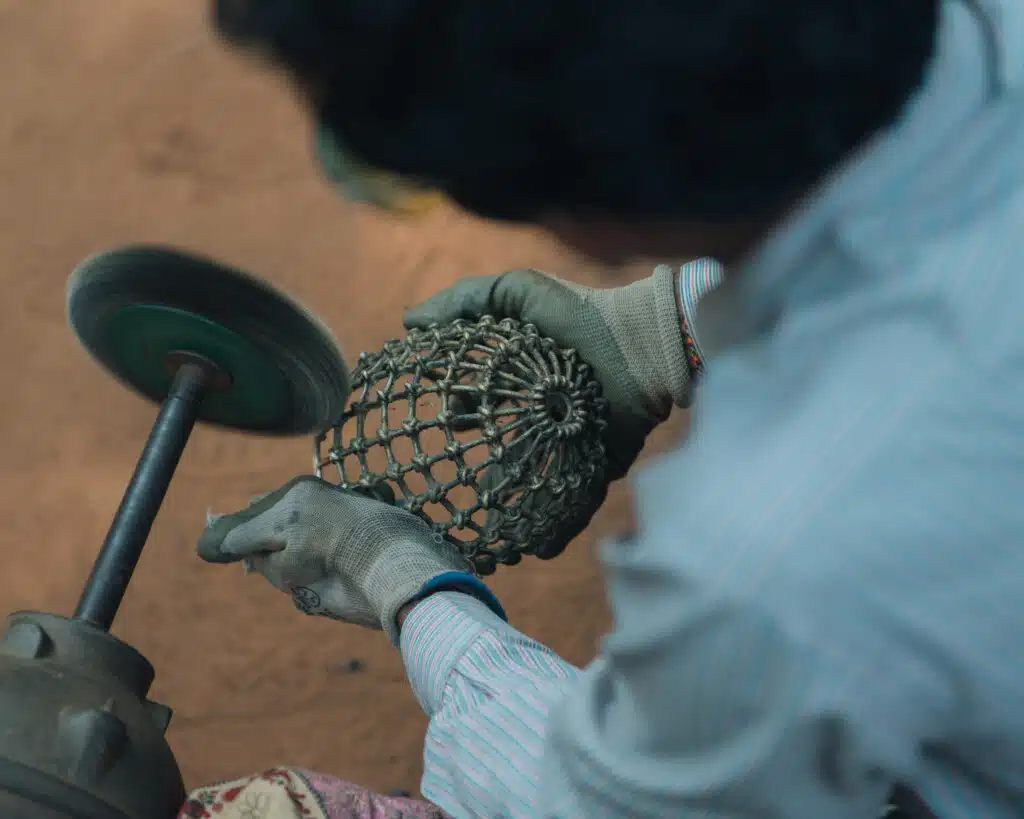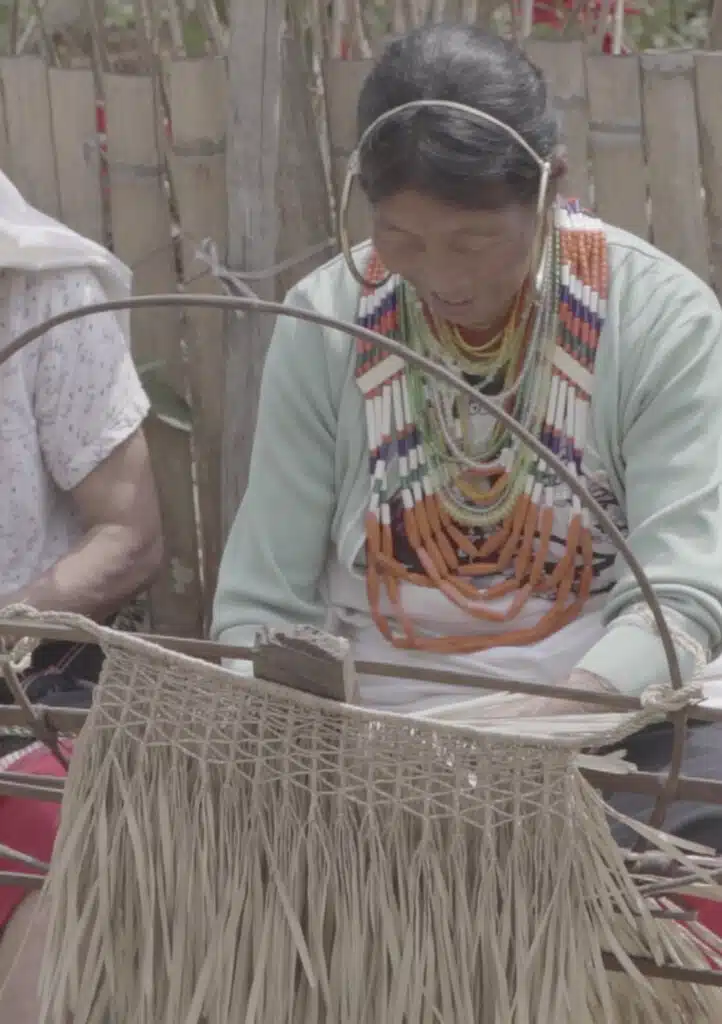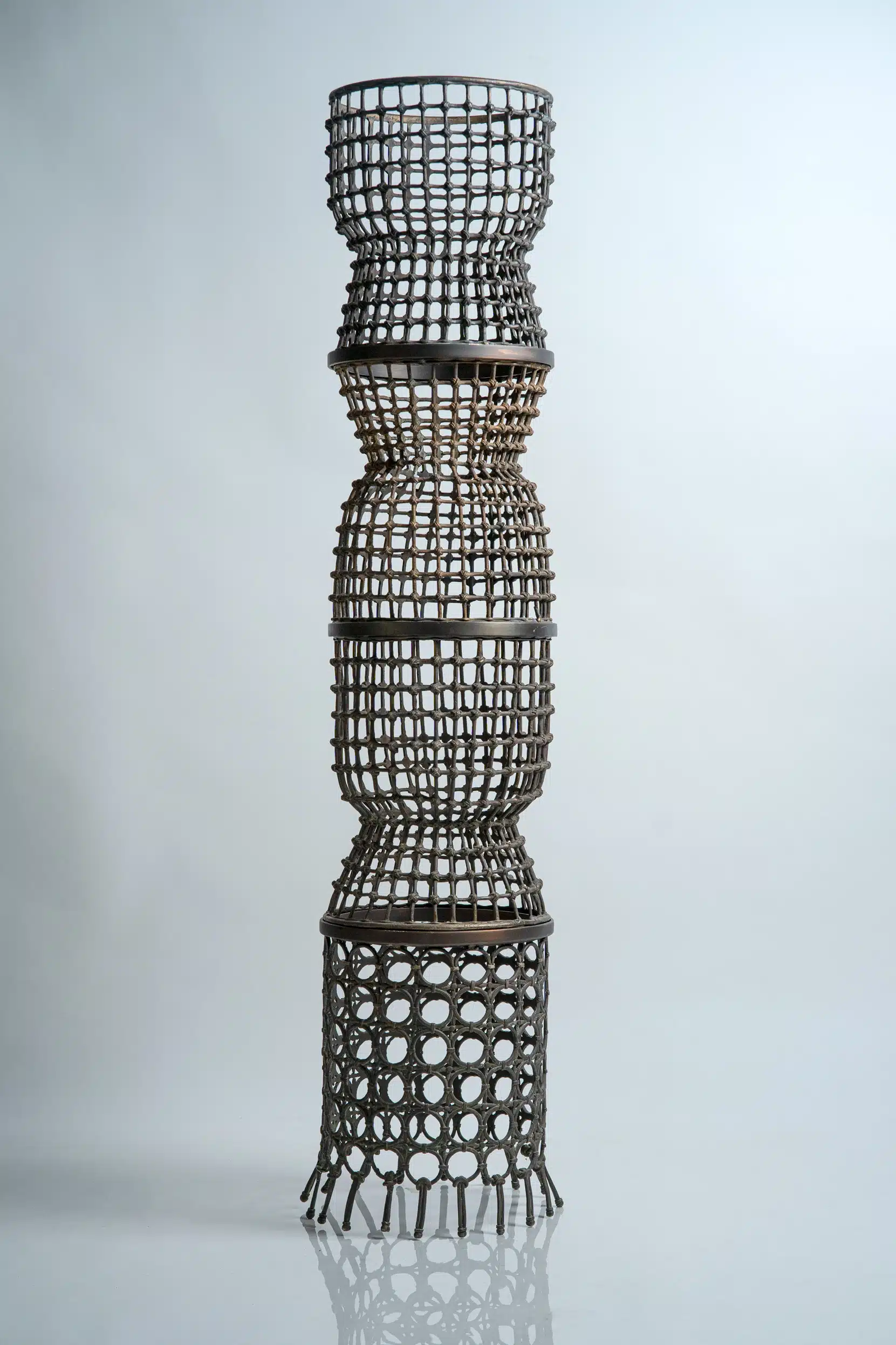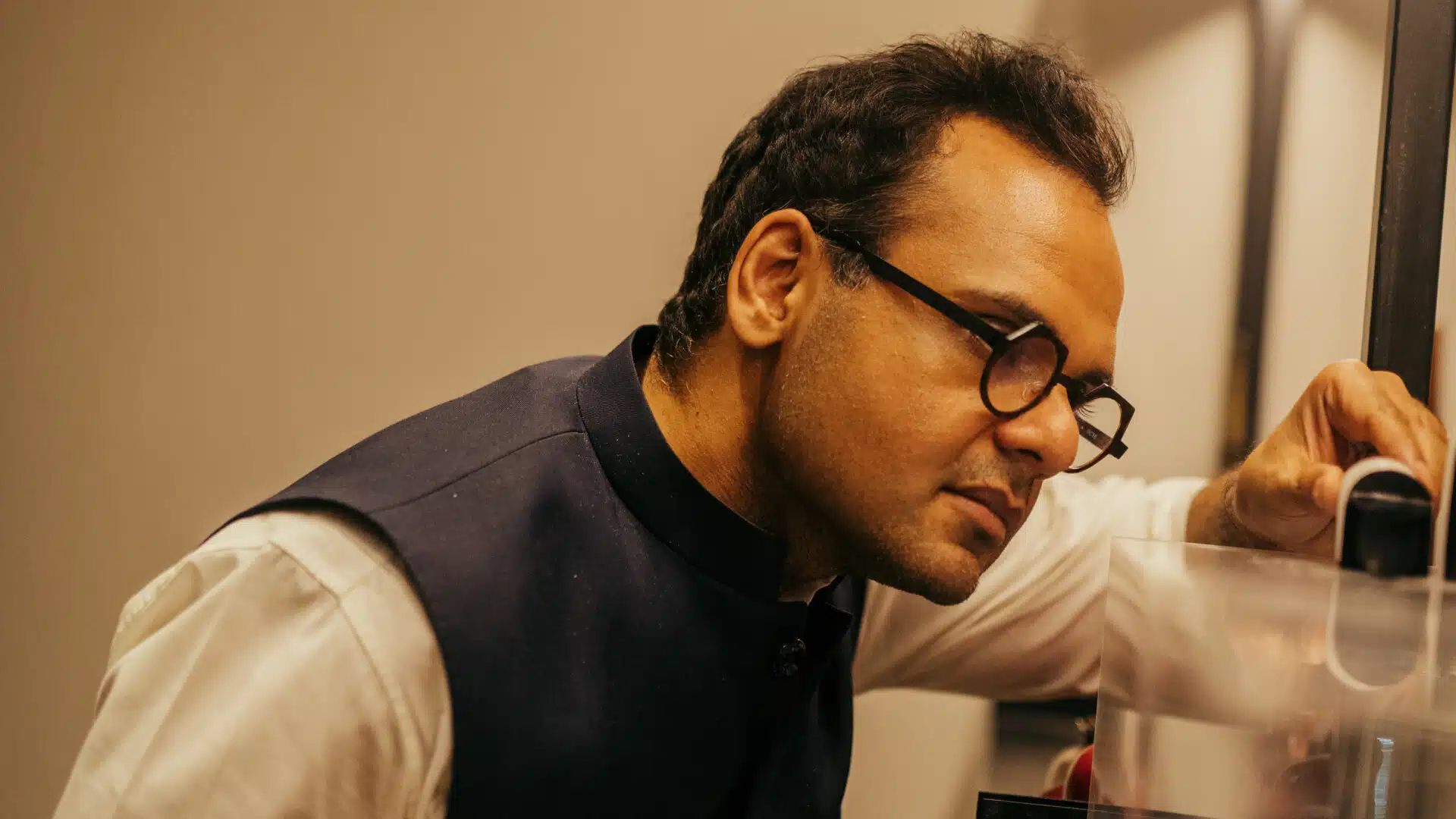When he’s not designing private apartments and boutique restaurants for the country’s most recognisable names, architect, designer and thinker, Ashiesh Shah is researching the craft idioms of India — from Bastar iron craft and Jaipur Blue Pottery to Naga weaving. His Atelier, founded in 2017, is both a library, honouring these traditions and their practitioners, and a laboratory, injecting the heritage crafts with a contemporary flair. The result are collectibles that transform the everyday domestic into storied and magical environments. Light becomes both focused and soft, flowing through curved aluminium lamps; tables and chairs can be stacked together to form powerful totems; and a simple metal chair, woven with elephant grass, gains a timeless presence.
In this conversation, the multi-hyphenate designer tells us about his roots, artistic aspirations, and the craft inspirations that keep him going.
How did your relationship with design begin?
My design journey finds its roots in the Ajanta and Ellora caves. The intricate architecture of reverse carving, where space is skillfully unveiled within, has consistently captivated me. Chandigarh stands as another pivotal chapter in my architectural inspiration. Visiting the city frequently in my childhood allowed me to witness structures that seemed to rise majestically from the ground. Moments like these, and the seamless integration of concrete into artistic manifestations, have deeply etched themselves into my design ethos.


Craft process is at the heart of Atelier Ashiesh Shah’s work, and span practices from across the country, from Dhokra lost-wax metal casting (Top) to Naga weaving with elephant grass (Bottom). Courtesy of Atelier Ashiesh Shah.
Has your artistic process evolved over time? Which parts of it do you enjoy the most?
My journey as an artist has unfolded slowly and gradually, marked by shifts and evolutions. I started my career as an architect, and during my time in interior architecture, I discovered a design language within me. This realisation catalysed my journey with Indian crafts, which has since transformed into a pursuit of creating unique functional objects, free from conventional categories. They exist in a bracketless realm, where they can be thought of as design collectibles, or as something entirely new in this evolving world. I resist being labelled as just an artist or an architect; I aspire to be a creator, a thinker and a storyteller, without confines.
Can you tell us more about the role of craft in your design practice? Has working with craftspeople influenced your understanding of design?
Absolutely. The Atelier wouldn’t exist without the crafts. The Atelier, for me, is the culmination of a journey to understand what crafts in India truly entail. I’m interested in exploring their possibilities, acknowledging their limitations, and unravelling the stories that lie behind them. What truly excites me are the people behind these crafts — the individuals who have played a pivotal role in shaping the narrative of these crafts.
Take, for example, the scale of production. Initially, there were certain limitations, but over the years, through extensive research and development, we discovered ways to scale up. Each achievement is the result of a meticulous process involving a push and pull, numerous conversations and slowly overcoming challenges. It’s about navigating what can and cannot be done, and this dynamic journey is what makes the craft story truly compelling.
 Atelier Ashiesh Shah, Dhokra Stambh. Courtesy of Atelier Ashiesh Shah.
Atelier Ashiesh Shah, Dhokra Stambh. Courtesy of Atelier Ashiesh Shah.
Is the interior designer/architect the new gallerist? Talk to us about the overlap between those two worlds.
I see these professionals as the new curators of homes. The landscape of the home is shifting from a vessel for design and decoration to a curated experience that can contain many worlds within it. Homes are evolving into spaces that tell stories in every nook and cranny, a trend that resonates well with people who cherish collecting and engaging with their surroundings. These are the homes that not only encapsulate stories from the past, but also pave the way for narratives of the future.
Which contemporary designer would you dream of collaborating with?
What advice do you have for young collectors? What should one be looking out for?
Thorough research is key. Collecting is not a cheap endeavour, given the intrinsic value of art. My advice would be to invest in pieces that resonate with you personally. Avoid the trap of buying solely based on market trends or speculative advice. Purchasing art should be a thoughtful process involving research, study, and, most importantly, a personal connection with the artwork. Whether the piece gains or loses value over time, the key is that you should be able to live with it and cherish it.
Which designer, living or dead, you would invite to dinner? What would you feed them?
I’d love to bring Le Corbusier back to India to witness its transformation since he first designed for it. I’m curious about his views on present-day India compared to his original vision. Sharing a Gujarati thali would be a delightful way to connect over both architecture and culture.
Ashiesh Shah was born in Mumbai. His work will be part of India Art Fair’s inaugural Design section at the 2024 edition, along with other pioneers in the field.


